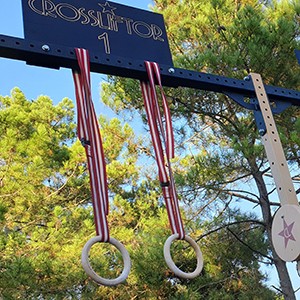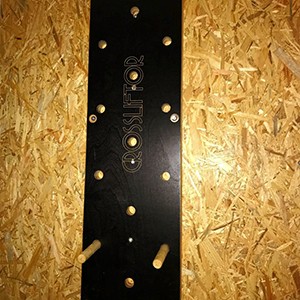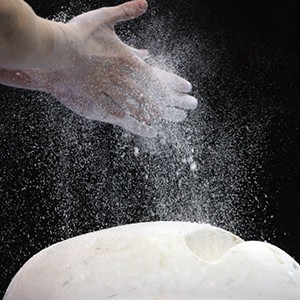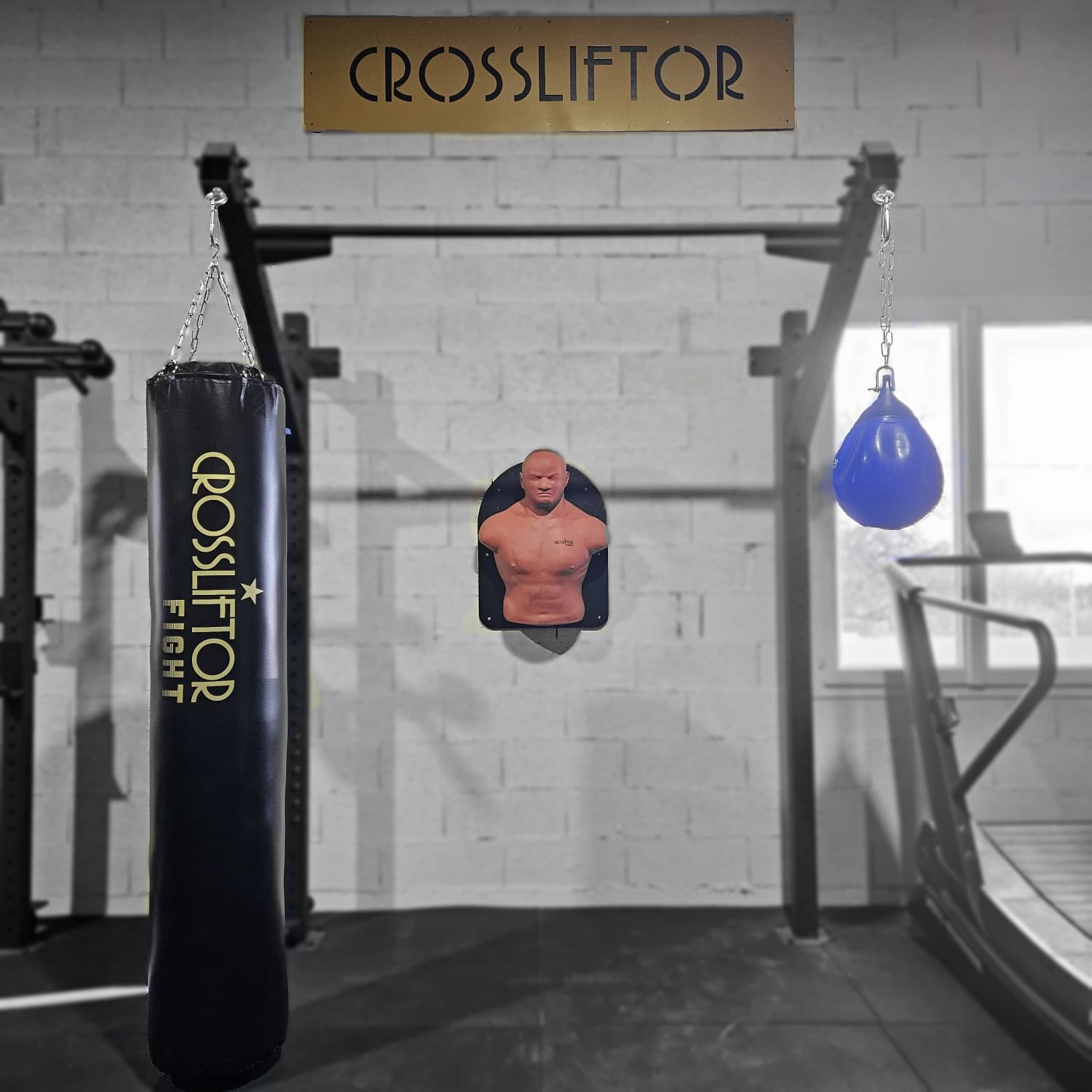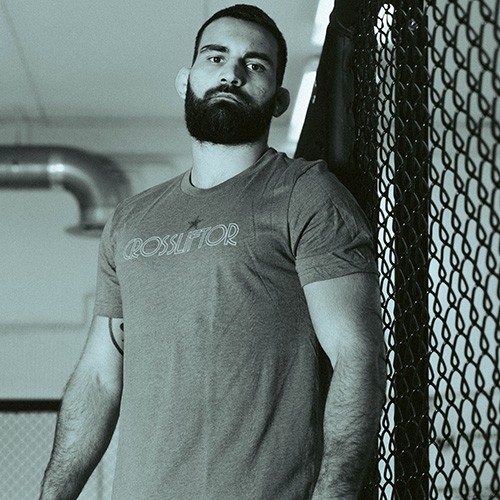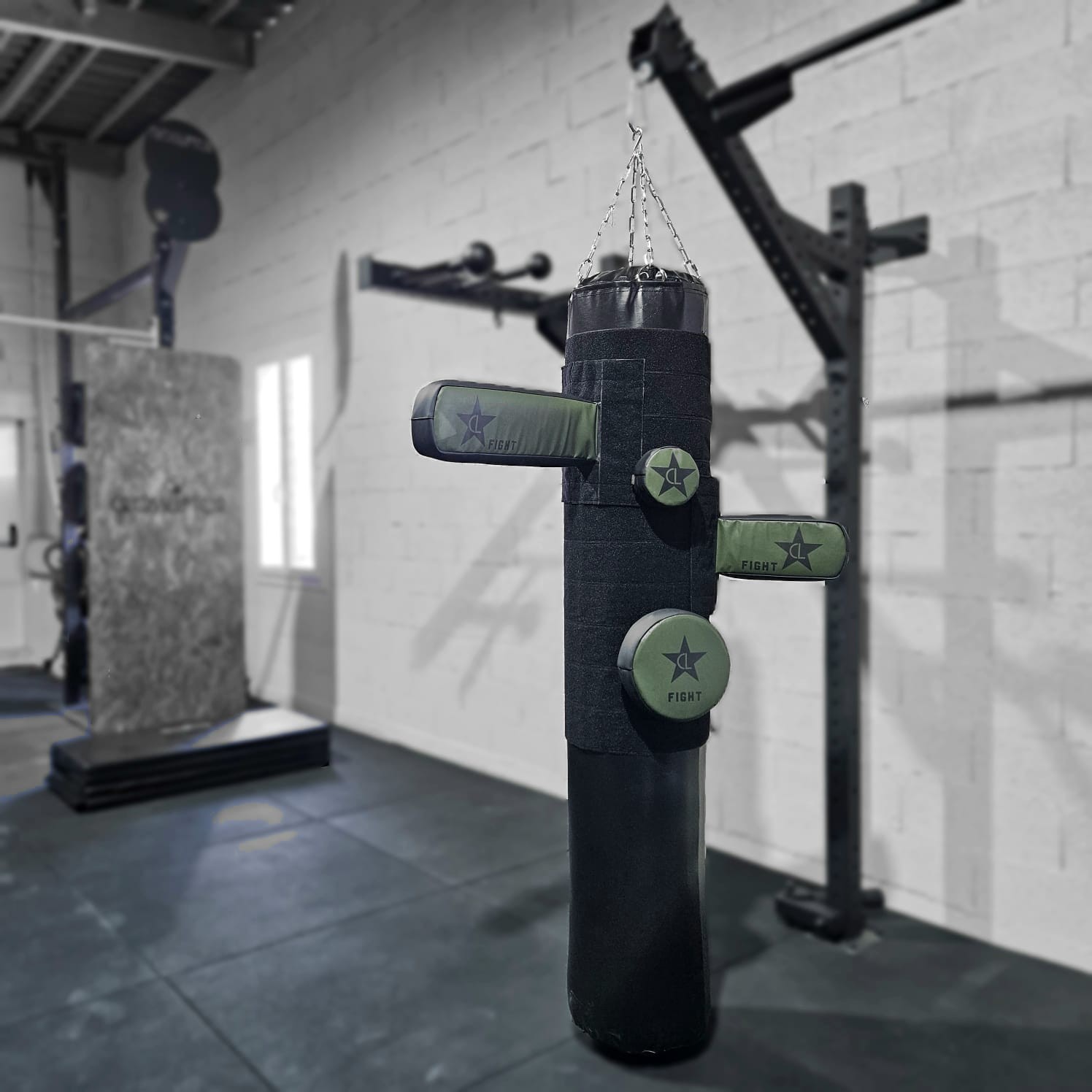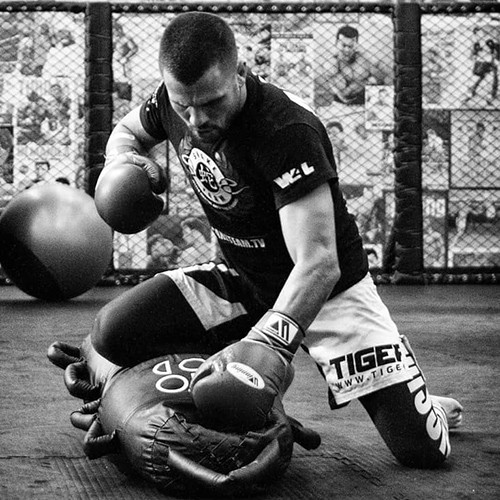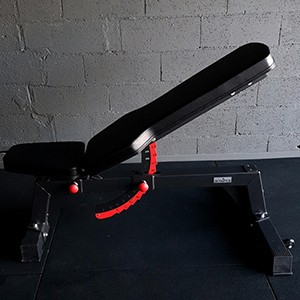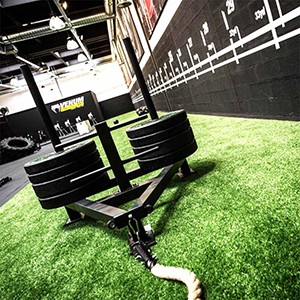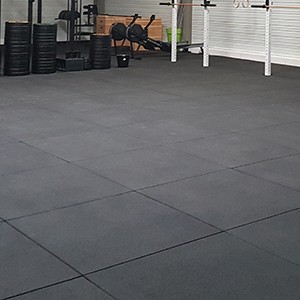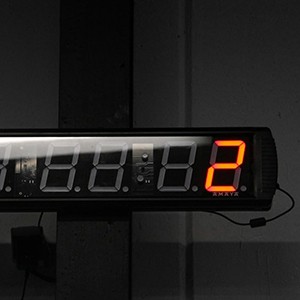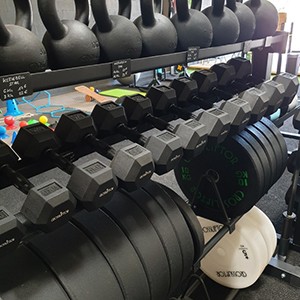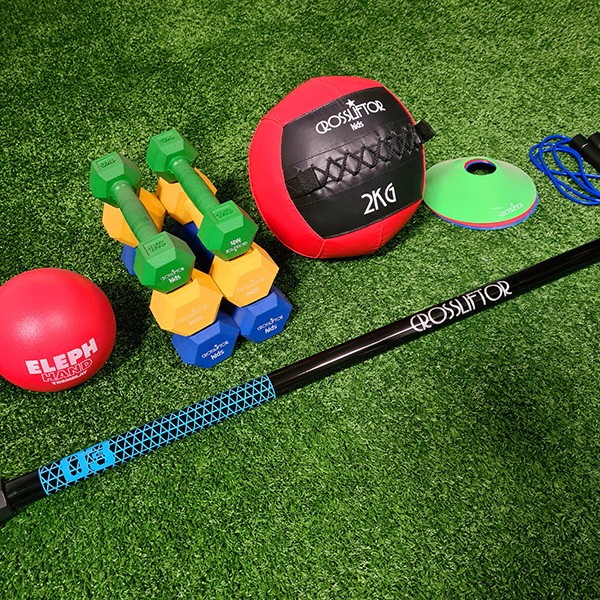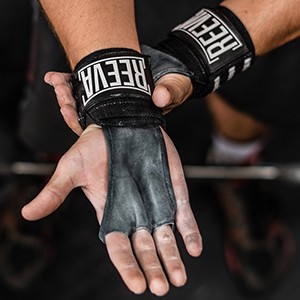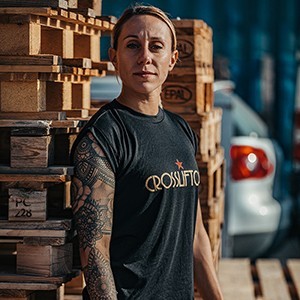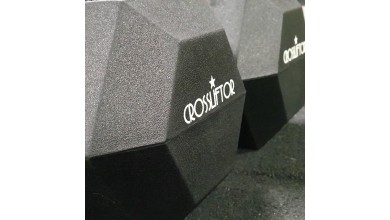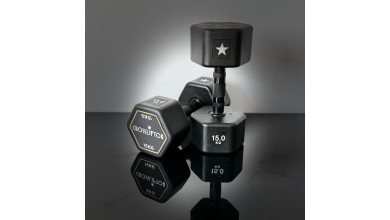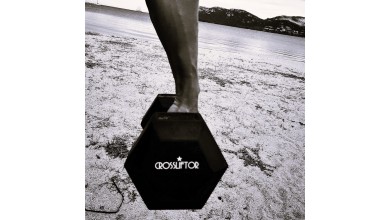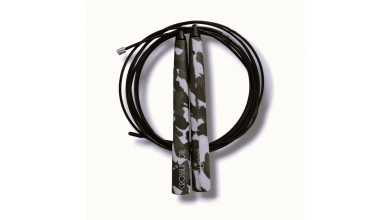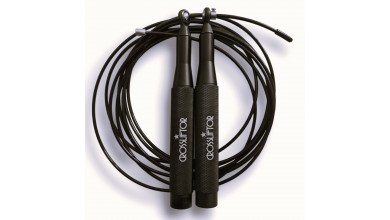Best Leg Exercises with Dumbbells - Crossliftor
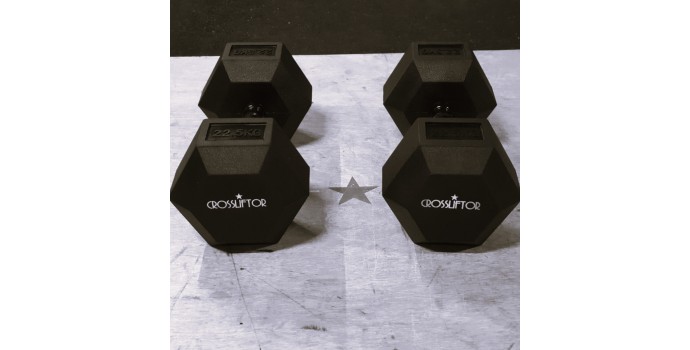
Whether you're intoweightlifting, cross-training or any other lower-body sport, you know (or at least we hope you do) that it's all about the legs! We know that most of you can't stand leg day, but today more than ever we encourage you never to skip it. There are many ways to work the lower body, and just as many machine and free-weight exercises. But in the case of a home gym, space is limited and you don't always have the option of equipping yourself with a squat rack or other equipment. That's why we've put together a top 11 list of our favorite dumbbell leg exercises. We'll answer your questions on the subject at the end of the article.
Dumbbell squat
The dumbbell squat is the most basic of all possible dumbbell exercices, and the easiest to perform! There are several possibilities: among the most classic, you either hold a single (heavier) dumbbell between your hands in front of your chest (glued to the chest), or you take a dumbbell in each hand placed on your shoulders, on one of the flat parts of the shoulder blade or straddled. Don't hesitate to change movements, as the muscular work evolves with each training session and depends on your muscular objectives and the weight of your dumbbells. Depending on your joint mobility and posture, you may find it easier to opt for shoulder positioning. With a weight on the front, you'll need to make sure your chest is straight and sheathed during the descent, and it's trickier if the load starts to get heavy, as you'll be tempted to tip forward.
The dumbbell squat mainly muscles the lower body, i.e. the quadriceps, glutes and calves, as well as the muscle groups around the joints. To perform a dumbbell squat safely, place your feet flat on the floor, hip-width apart. Bend your knees while keeping your back flat, contract your abs, inhale, then hold your breath on the way down, exhale on the way back up. Don't let go of the air when you're down, or you may not come back up. Your thighs should be parallel to the ground on the descent into the squat, and the ascent should be controlled to work the quadriceps in depth. You can work in series, in tempo (e.g. 3 seconds on the descent, 3 seconds on the ascent at 65% of your maximum load, or explosively).
Overhead squat
Theoverhead squat is a slightly more complex exercise, requiring good joint mobility in the shoulders. Hence the advantage of using dumbbells, which offer greater mobility. It strengthens the quadriceps, calves, hamstrings and glutes. And of course, it also helps improve muscle tone in the shoulders, pectorals, back and abdominals. To perform an overhead squat properly, you need to hold the dumbbells at shoulder level, then extend your arms to bring them overhead. Use a light weight to start the movement. Next, bend your knees, keeping your arms straight, elbows locked outwards, then rise on the exhale. If you're having trouble staying upright and coming down, don't hesitate to position your toes slightly outwards - the key is to keep your knees in line with your ankles as you come down.
Hip Trust
The hip trust is the exercise par excellence for building up the glutes and hamstrings, known as the hip extensor muscles, as well as those in the lower back. More often performed by female athletes, it's an exercise that should be part of every bodybuilding program. To perform a hip trust, lay your upper back flat on a weight bench, drop pad or soft box not too high, knees bent at right angles and feet on the floor. Your spine must be completely aligned as you lift, otherwise you could injure yourself! Hold the barbell or dumbbells firmly at pelvic level, then perform a hip extension, lifting your hips by pushing with your heels, then lowering your buttocks towards the floor.
Front squat with dumbbells
The front squat is the dreaded exercise for many of us. It's often due to a lack of mobility in the shoulders and forearms. Don't hesitate to warm up in this area before performing this movement with a barbell. The dumbbell front squat is a good alternative, as it allows you to practice without contradiction (a bar being more difficult to handle if you're not mobile). This movement strengthens the quadriceps, adductors, hamstrings, glutes and abdominal muscles. To perform it optimally, position your feet shoulder-width apart and then, as mentioned above, place a heavier dumbbell in front of you at pectoral level. Place it against you, the closer it is to your central axis, the easier and cleaner it will be. Bend and extend your knees, inhaling before each downward movement and exhaling on the way back up.
Sumo squat
Here's another exercise par excellence for athletes looking to build gluteal, thigh and adductor muscles and, secondarily, strengthen abdominal and back muscles. For the sumo squat, place your feet flat on the floor, in an open position (pointing outwards), wider than for a normal squat, i.e. much wider than the width of your shoulders. This position will enable you to work differently. For the rest, it's the same as for a normal squat. Bend your legs, pushing your buttocks backwards while keeping your back flat. The head is aligned with the spine and therefore the back throughout the exercise, and even more so during the descent. Once you've reached a 90° angle (hips/knees/ankles), push down on the heels to rise back up as you exhale. Concentrate on your breathing and on inflating your abdominal muscles as if you were pushing outwards. It really does make a difference.
Dumbbell deadlift
The main muscles involved in the dumbbell deadlift are the glutes, hamstrings, back, trapezius and lumbar. It's one of the most effective exercises for all-round strengthening, especially if you find it difficult to perform a conventional deadlift. Back straight, feet shoulder-width apart, hold dumbbells with arms outstretched, then bend your torso forward. To do this, bend your knees very slightly, just to unlock them, and push your buttocks back to create a 90° angle before rising to the vertical. During the ascent, keep your back straight and your shoulders well back. When you start the ascent, remember that you're pushing from the legs, otherwise you'll tend to pull with your back and triceps and spoil the movement. Mental focus when working an exercise is really important.
Box or Dumbbell step-ups
This one will have made many a exerciser grumble, especially when done after having performed various heavy exercises beforehand. Dumbbells strengthen the entire lower body: quadriceps, hamstrings, glutes and calves. What's more, being positioned in a staircase makes you work in a totally different way, giving you greater stability and balance. We recommend a lighter weight and slow, clean movements. You can position the box horizontally, or vertically for experienced men. Place one foot on the box (the bench or other as long as it's stable and safe...) then bring your body forward with a dumbbell in each hand to bring both legs together on the surface. You should end up standing entirely on the box. Exhale on the descent, then repeat the movement with the other leg.
Dumbbell lunges
Ideal for toning the buttocks, dumbbell lunges are performed as follows: standing with your feet hip-width apart, take one leg forward and form a 90-degree angle with your knee. The knee of the rear leg is bent and the heel is off the ground. Return to the starting position, distributing your body weight evenly over both legs. Remember to leave a gap between your legs so you don't lose your balance. We recommend you do this exercise, or the next one, at the end of your squat session with a lighter weight. Choose repetitions (12 X 4 for example) rather than load.
Back lunges
Back lunges are identical to front lunges, except that the movement is backwards. The idea is to move one leg backwards, forming a right angle between the hips, knee and ankles. This exercise is ideal for building deep gluteal muscles and testing your stability.
Bulgarian squat with dumbbells
The Bulgarian dumbbell squat is a versatile strength-building exercise that strengthens the muscular structure of the quadriceps, glutes, hamstrings and calves, as well as the lumbar and abdominal muscles. To perform this polyarticular exercise, stand with your back to a bench and place one of your feet on the bench, the top of the foot in contact with the surface, while the other is flat on the floor. Looking straight ahead, with your chest sheathed, bend the knee of the front leg by pushing on the heel, then exhale on the upstroke.
The cossack squat
The cossack squat is an exercise for the adductors, quadriceps and glutes. It's technical but not complex, so it's also accessible to beginners, although it does require a certain amount of hip mobility. It involves performing a lateral lunge, i.e. a full squat on one leg while the other is straight. The torso is straight, and the arms can be stretched out in front to maintain balance. You'll bend successively to the left, then to the right. At first, we recommend you perform this exercise with no weight, then see if you're comfortable with it, as the descent is going to pull, and without being mobile and trained, you mustn't overdo the loads.
FAQ : How do I work my legs with dumbbells?
Dumbbell training guidelines
Start with a warm-up, to get the muscles and joints involved in your workout moving. Don't hesitate to add a little cardio to the mix, and systematically do what's known as a "ramp-up", i.e. start the exercise empty, do a few repetitions, then gradually load up (by decreasing the number of repetitions) until you reach the weight you're comfortable with. Make sure you master the position before multiplying the number of repetitions, even if it means asking for help during your workouts.
What weight should you choose according to your level?
For both men and women new to bodybuilding, we recommend starting with light weights (4 to 10 kg), then gradually increasing the load once you've mastered the position. It's always difficult to give a standard weight, so much will depend on your experience, your practice, your weight, your build, your capacity, etc. Start as low as possible to get used to the weight. Start as low as possible to get used to it, and don't hesitate to ask a coach for advice.
How to gain volume in the lower body?
Ideally, you should perform long sets with numerous repetitions to achieve hypertrophic work, i.e. an increase in muscle volume. However, it's a good idea to alternate with period tempo work, i.e. to work lighter but counting X seconds down, down or up. This will enable you to perfect the movement and strengthen the weak areas that are holding you back. Don't forget your abdominal belt, and don't hesitate to work on ab-strengthening exercises with dumbbells too.
Typical example of a dumbbell leg workout
1. Warm-up and empty squat (3 X 10)
2. Dumbbell squat (4 X 8 repetitions).
3. Front lunges (4 X 12).
4. Straight-leg deadlift.
5. Dumbbell extension.
In truth, it's quite difficult to combine squats and deadlifts if you're on a heavy session. Once again, don't hesitate to get a professional to do your programming for you, and then move on independently.
Can you build leg muscles without dumbbells?
It's complicated to build leg muscles without using dumbbells or any other load. All the above exercises can be performed without weights, but progress remains limited within the framework of specific objectives. As we said in the introduction, dumbbells are an excellent option at home, as they are affordable and take up very little space.

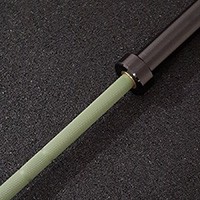
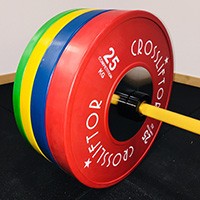
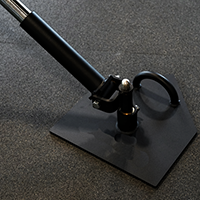
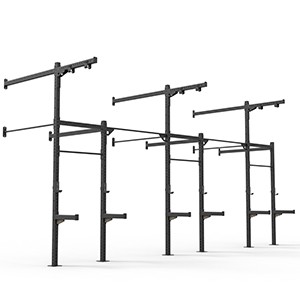
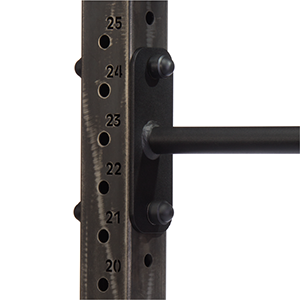
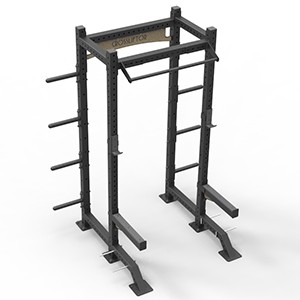
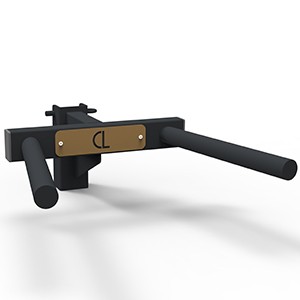
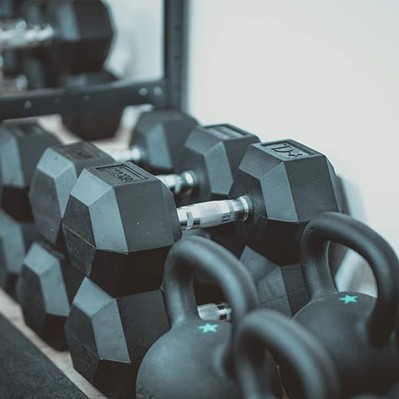
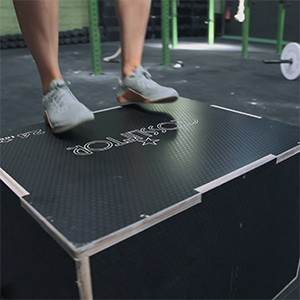
 (1).jpg)
